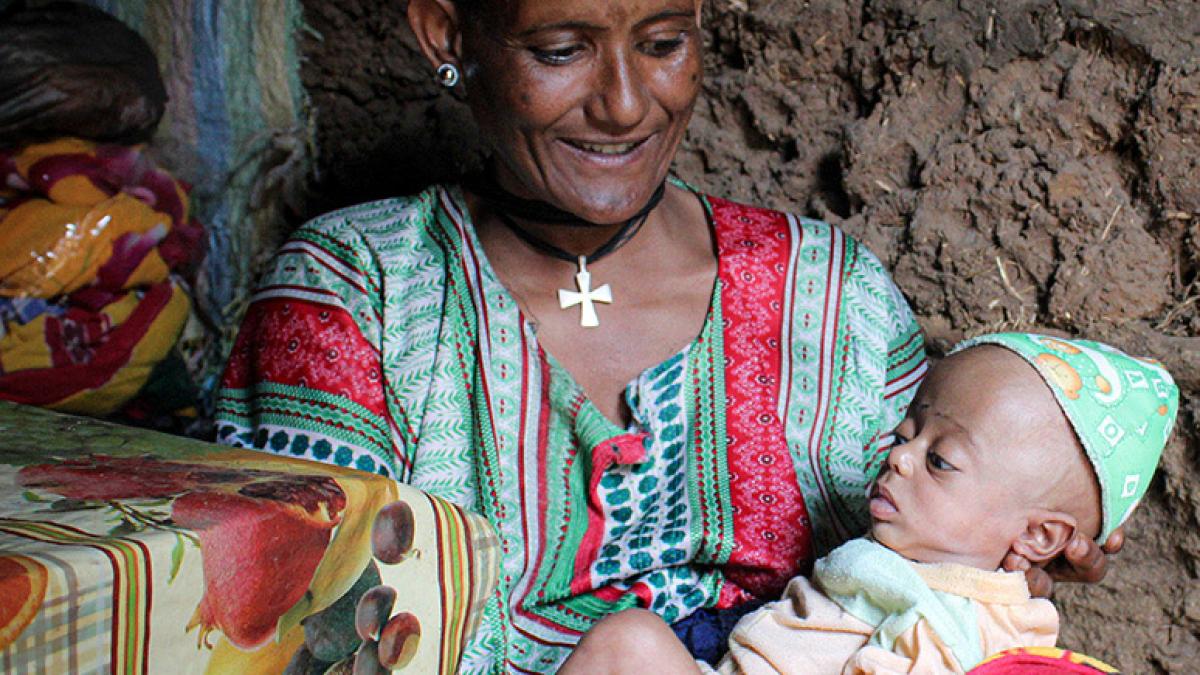Ethiopia

Country Overview
Our portfolio in Ethiopia is one of the largest and most complex in Africa. Over the last decade, Ethiopia has made tremendous development gains in education, health and food security, and economic growth. The addition of 38,000 health extension workers has helped reduce the under-five child mortality rate by more than six percent a year since 2000. However, Ethiopia still remains one of the poorest countries in the world, with an estimated annual per capita income of $790. Ethiopians are still vulnerable to food insecurity, and nearly 70 percent depend on agriculture for employment. Approximately 1.8 million Ethiopians who are internally displaced due to conflict and climate shocks and more than 1 million Ethiopians who have returned to prior areas of residence are in need of humanitarian assistance, according to the 2020 Humanitarian Response Plan. Our assistance is an investment to build Ethiopia’s self-reliance by increasing economic growth, delivering quality basic public health and education services, and promoting a governance environment that is conducive to sustainable economic development.
Learn More
- Overview
- Agriculture and Food Security
- Democracy and Governance
- Economic Growth and Trade
- Education and Youth
- Environment
- Gender Equality and Women's Empowermen
- Improving Health
- Nutrition
- Water, Sanitation and Hygiene (WASH)
- Country Development Cooperation Strategy
- Tuberculosis
- HIV/AIDS
- Climate Change
- Peace, Reconciliation and Conflict Mitigation
- Building Resilience




